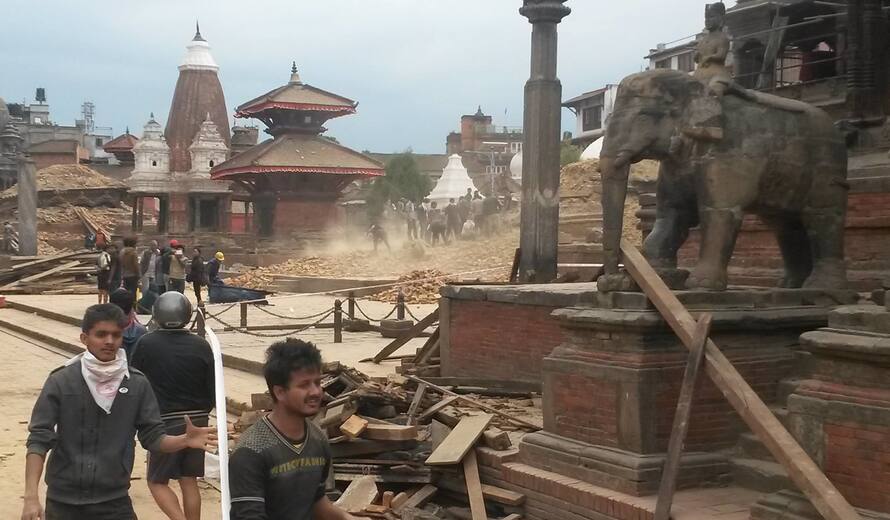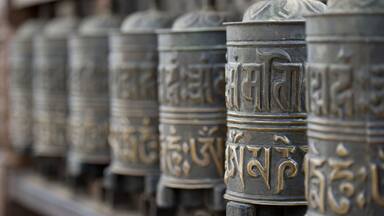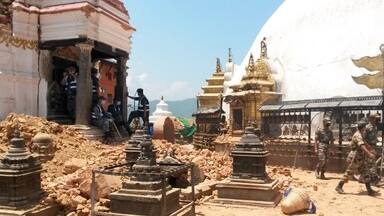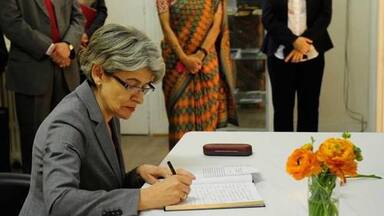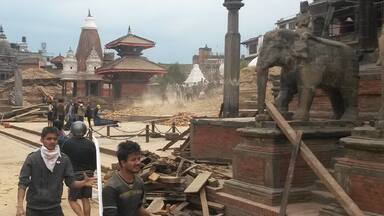UNESCO to assess the impact on Nepal’s cultural heritage of the devastating earthquake
“As we are receiving more information from the ground, I am deeply aggrieved by the magnitude of human loss caused by the earthquake in Nepal. I am also shocked by its devastating impact on the unique cultural heritage in the country, in particular extensive and irreversible damage at the World Heritage site of Kathmandu Valley”, declared Irina Bokova, the Director-General of UNESCO.
According to UNESCO’s preliminary assessment on the ground, the monuments and sites within the Kathmandu Valley World Heritage property, as well as several other cultural and natural heritage sites located in the area, have been heavily affected. In particular, Durbar Squares of Patan, Hanuman Dhoka (Kathmandu) and Bhaktapur are almost fully destroyed.
Nepal’s natural heritage, in particular the World Heritage site of Sagarmatha National Park, including Mount Everest, has also been severely affected by the earthquake. Minimal impact has been found to the World heritage site of Lumbini, the Birthplace of the Lord Buddha (1997), and Chitwan National Park (1984).
“UNESCO has mobilized its expertise as well as international support for Nepal at this difficult time, including for the safeguarding of its heritage”, said the Director-General. “UNESCO is currently preparing to field an international expert mission to undertake an in-depth damage assessment and, based thereon to advise and provide support to the Nepalese authorities and local communities on its protection and conservation with a view to recovery”,
added Irina Bokova.
The cultural heritage of the Kathmandu Valley is composed of seven groups of monuments and buildings representing a broad range of historical and artistic achievements for which the Kathmandu Valley is world famous. The seven monuments and sites include the Durbar Squares of Hanuman Dhoka (Kathmandu), Patan and Bhaktapur, the Buddhist stupas of Swayambhu and Bauddhanath and the Hindu temples of Pashupati and Changu Narayan.
